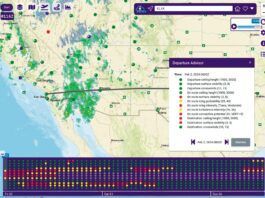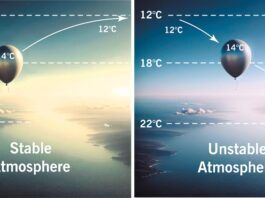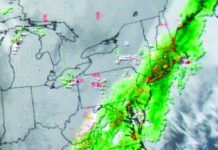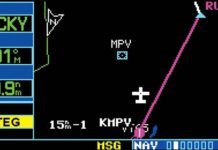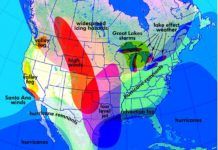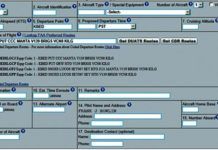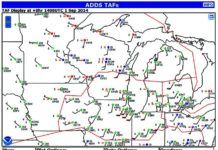A Look Inside WSI Weather
Youve seen and almost certainly used a WSI Pilotbrief weather station in your travels. Its almost a required ritual of flight: Stop by the screen and make a last check of the radar or TFRs while you finish your lukewarm coffee. As a pilot, do you care whos behind the weather information you see at the FBO or in the cockpit? The answer is largely, No. But there are some differences between what you get from a briefer, on the web or from the competing XM weather provided by Baron Services. What we found more interesting was what a weather service must do in collecting, distilling and delivering the weather in a format on which pilots can depend.
Briefing: January 2010
Once upon a time it was considered just fine to polish frost smooth rather than scrape the junk off. Now the FAA has changed its mind. The rule is only binding on Parts 125, 135, or 91 subpart F (fractionals), but nine of the 12 frost-related accidents the FAA identified were with non-fractional Part 91 operations, so all of us might take note. Previous FAA guidance recommended removing all wing frost prior to takeoff, but allowed it to be polished smooth if the aircraft manufacturers recommended procedures were followed. But manufacturers never published standards for polished frost, and the FAA said it has no data to determine how to polish frost to satisfactory smoothness.
Flying High and Visual
The forecast said that deep, moist convection was likely for your afternoon flight. On your drive to the airport, you second-guess the 10,000-foot altitude you filed. Should you have filed for the low to mid teens? Perhaps you should have filed a much lower altitude to try and stay below the clouds?
Can I Log That?
Regulations are often vague, occasionally on purpose. What do you need to log instrument experience in an airplane? The rules state the tasks must be performed in actual weather conditions, or under simulated conditions using a view-limiting device. I get a kick out of the wording, when are you not flying in actual weather, whether VMC or IMC?
Ice and Tail Stalls
Every year structural icing claims a small but steady number of airplanes. Many of the accidents are on approach in clear air-after the airplane has already collected a load of ice. We look at it afterwards and wonder-the airplane had been doing fine-why did it crash well after it escaped from icing conditions?
Icing Weather Basics
Next to poor visibility and low ceilings, ice is one of winters most common weather hazards. A recent study of icing accidents showed that 71 percent of the pilots were instrument rated, averaged 2000 hours, and over half of the flights received a proper icing forecast. This strongly suggests that ice is not well understood or is ignored.
Have Some Compassion
Why is it when youre trying to do something good, the weather always turns bad? Todays mission is a Patient Airlift Services (PALS) flight from Montpelier, Vermont to Boston, Massachusetts. Your quick hop from your home base in Burlington, Vermont already gave you a decent instrument warm-up.
Autumn Changes
Fall conjures memories of bright blue skies, cool mornings and generally good daytime flying. But in aviation, looks can be deceiving. New air masses are on the move, the jet stream begins to flex its muscle over much of the United States, fronts are marching southward, and theres likely a tropical storm in the Caribbean or the Gulf. How does this affect your flying and how can you avoid an unplanned turn of events?
Coded Departure Routes
Pilots want ways to mitigate bad weather. The Coded Departure Route (CDR) is one of the least-known such tools in GA, although its been available since 2007. The AIM tells us, CDRs provide air traffic control a rapid means to reroute departing aircraft when the filed route is constrained by either weather or congestion. So, if youd rather not wait, a CDR might be for you.
What to Brief
The main article covers a lot of things to consider for your various briefings. Here, though, is a view of the items you might want to brief for each phase of your flight.
Weather Planning
Preflight weather planning has long consisted of calling an FAA Flight Service Station. Years ago, you might have even visited one. But, using the Internet, you can now draw on the same resources that meteorologists use. While the 2000s brought weather data to the cockpit, were now getting some Internet tools to the cockpit via dedicated datalink. Although we cant yet cheaply surf the web at cruise, we connect to the Internet at the FBO, on the ramp and in the plane on the ground, using phones and tablets with WiFi and cellular data.
Tips for Weather Planning
Remember that web sites outside the FAA and NWS domains should be considered supplementary tools to be used in combination with a weather briefing through official sources.



